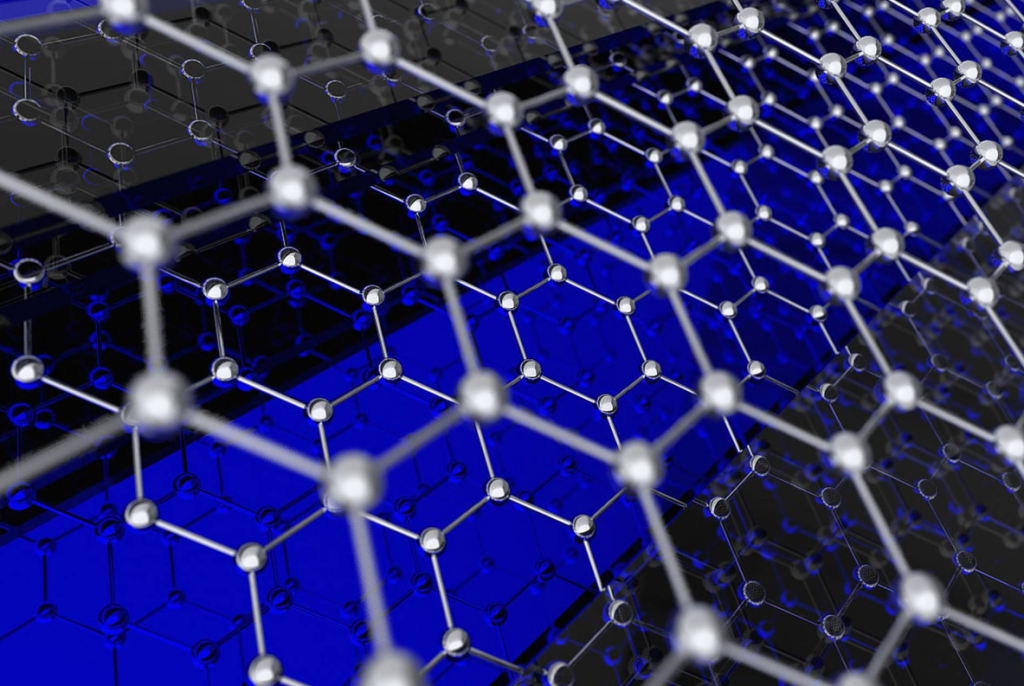Graphene Slurry for Battery Manufacturing – A Complete Beginner’s Guide
Graphene slurry has rapidly become a key enabling technology in advanced lithium-ion, solid-state, and next-generation batteries. By leveraging graphene’s exceptional conductivity, mechanical strength, and ion transport properties, battery manufacturers can significantly improve charge rate, energy density, and safety performance — without changing existing production lines.

This beginner-friendly guide explains:
✅ What graphene slurry is
✅ Types of graphene slurry
✅ How it is used in cathode & anode manufacturing
✅ Key performance advantages
✅ Selection, purchasing & quality control tips
✅ 2025 market outlook
Whether you are a battery researcher, EV supplier, or energy-storage manufacturer, this guide will help you understand why graphene slurry is becoming the new industry standard.
What is Graphene Slurry?
Graphene slurry is a stable, high-concentration dispersion of graphene or graphene derivatives in a liquid medium (typically water or organic solvent). It is specifically engineered for slurry-coating processes used in battery electrode manufacturing.
A typical graphene slurry consists of:
| Component | Function |
|---|---|
| Graphene / Graphene Oxide / Reduced Graphene Oxide | Conductive & mechanical enhancement |
| Binder (PVDF, SBR/CMC, PAA, etc.) | Adhesion to copper/aluminum foil |
| Solvent (NMP / water) | Slurry viscosity & rheology control |
| Additives | Ion diffusion & SEI stability improvements |
Graphene flakes create 3D conductive pathways inside the electrode structure → faster lithium ion movement and stronger structural stability during cycling.
Types of Graphene Slurry
| Type | Base Material | Main Industry Use |
|---|---|---|
| Graphene Oxide Slurry (GO) | Oxidized graphene | Enhanced bonding & dispersion |
| Reduced Graphene Oxide Slurry (rGO) | Conductive restored graphene | High-power batteries |
| Graphene Flake Slurry | Few-layer graphene | EVs, fast-charging cells |
| Hybrid Graphene-Carbon Slurry | CNTs + graphene | Ultra-low resistance electrodes |
GO provides ideal coating uniformity, while rGO and graphene flakes deliver top-tier conductivity.
Why Graphene Slurry for Batteries?
🔋 Major Performance Improvements
| Performance Metric | Traditional Carbon | Graphene-Enhanced | Improvement |
|---|---|---|---|
| Electrical Conductivity | 1× | 6–10× | Faster charge/discharge |
| Ion Transport Efficiency | Low–medium | High | Better high-rate capacity |
| Structural Durability | Limited | Excellent | Long cycle life |
| Electrode Thickness | Hard to reduce | Ultra-thin capable | Higher energy density |
| Safety (swelling/thermal runaway) | Medium risk | Reduced risk | Safer operation |
This allows thinner, lighter, faster-charging electrodes → ideal for EVs and fast-charge consumer electronics.
Applications in Electrode Production
| Battery Component | Function of Graphene Slurry |
|---|---|
| Cathode (NCM, LFP, LMFP) | Improves conductivity & rate performance |
| Anode (Graphite, Si-alloy) | Enhances SEI stability & charging speed |
| Semi-solid / Solid-state | Ensures ion/electron dual-path transport |
| Lithium-sulfur / Metal-air | Suppresses polysulfide shuttling |
Graphene does not replace active materials — it super-charges them.
How to Select the Right Graphene Slurry
✅ Target application: EV? ESS? Consumer electronics?
✅ Conductivity requirement
✅ Viscosity & solid content fit for your coating process
✅ Binder compatibility
✅ Cost vs. performance tradeoff
Recommended Specs (Typical Ranges)
| Parameter | Typical Value |
|---|---|
| Graphene content | 5–20 wt% |
| Slurry viscosity | 1000–8000 cps |
| D50 particle size | < 5 μm |
| Sheet resistance | < 10 Ω/sq (dry film) |
| Solid content | 20–50% |
Production & Quality Control Checklist
| Item | What Matters |
|---|---|
| Dispersion stability | No precipitation ≥ 30 days |
| Defect control | Low oxygen for conductivity |
| Purity | < 0.1% metal contamination |
| Scalability | Supply for GWh-level factories |
| Regulatory compliance | RoHS, REACH, MSDS available |
Cost & Market Opportunities (2025–2030)
-
EV battery demand will achieve 30% CAGR through 2030
-
Graphene-modified electrodes expected in >40% of fast-charging cells
-
Battery producers looking for drop-in upgrades (no line rebuild)
Graphene slurry = high-margin consumable → recurring revenue stream.
Graphene slurry transforms existing electrode designs into faster-charging, higher-density and safer batteries — without costly equipment changes.
✅ Ready for mass production
✅ Customizable for all major chemistries
✅ Ideal for EV, ESS, and premium devices
📩 Contact us for:
• Free technical evaluation
• Datasheet & pricing
• Sample orders and production collaboration
→ Start Your Graphene-Enhanced Battery Project Todayhttps://graphenerich.com/about-us/contact-us/

